Robotic wood bending
Cognifying active wood bending.
Abstract
ROBOTIC WOOD BENDING presents a study for the implementation of digital techniques into the wood steam bending practice. Seeking to narrow down the gap from design to fabrication of complex wooden surfaces, this is being accomplished with the implementation of an agent based modeling system, guided by the physical and geometric properties of predetermined conventional wooden pieces. Offering a wide range of possible applications, from interior furniture and partition walls, to large scale structures such as shading systems for sports facilities. The bending of the wood is carried out by a robotic arm equiped with a clamping and measuring setup to work with individual wooden pieces while compailing data on it’s physical behavior and gradually increasing the performance of the overall system.
The rise of wood construction
Embodied carbon emissions in the construction sector account for over 6 percent of total greenhouse gas emissions. Over and above operational processes like energy and transport, it is increasingly important to consider the embodied carbon emissions in building materials used in the sector.
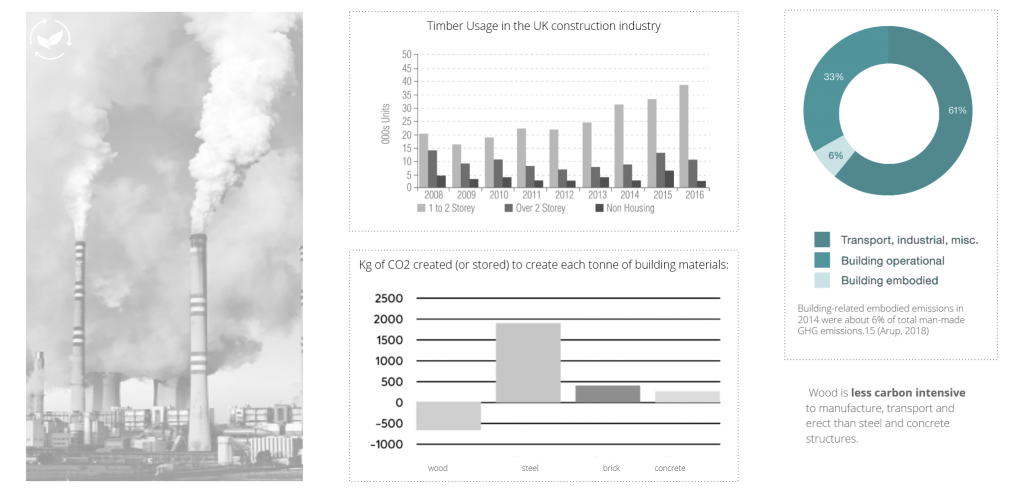
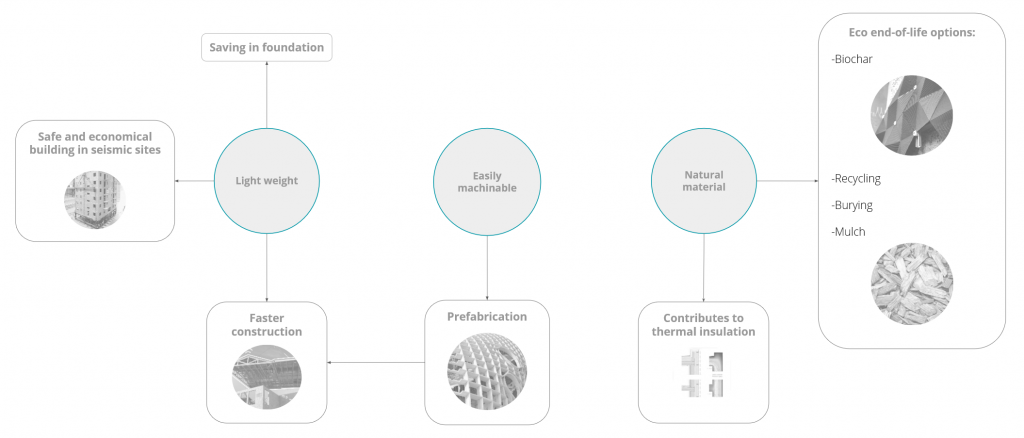
Challenges of wood bending
In order to correctly carry out the task of steam bending wood, first we must understand its physical properties and the way in which they respond to external factors, making this material malleable. Some of the different variables affect its behavior. 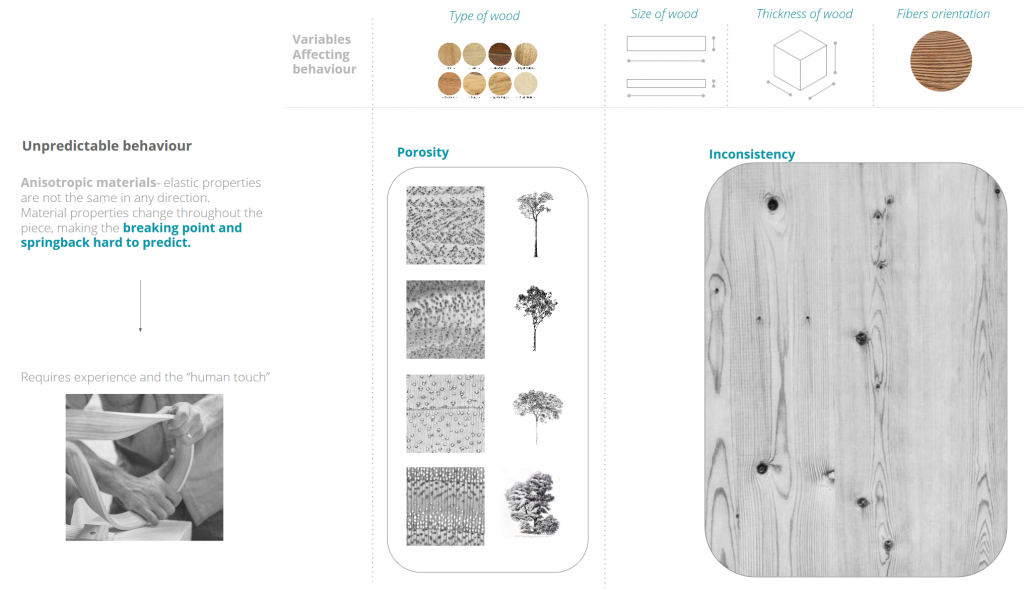
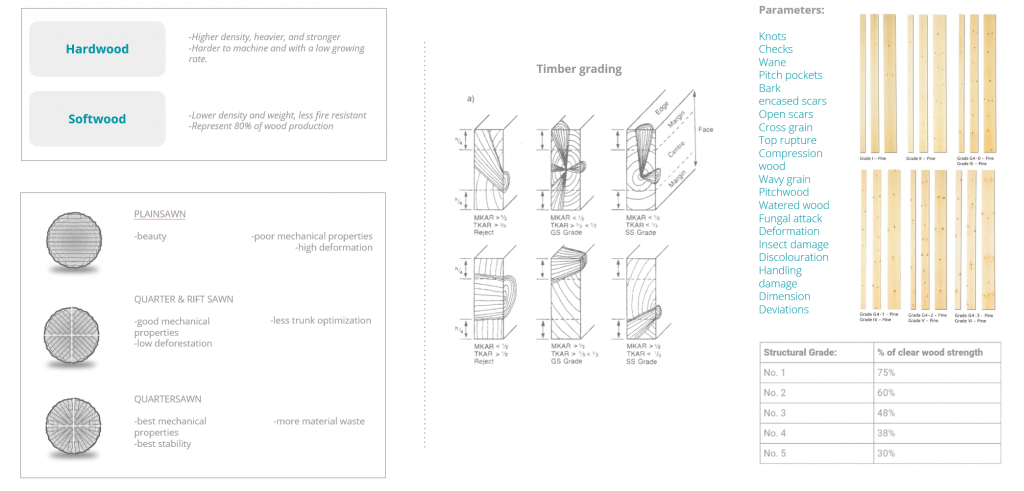
References
Applications in the Industry today
These are some of the projects used as a reference to carry out this research project, the innovative uses of digital and robotic advancements and the possible applications in the architectural and construction sector are the core for our interest in the wood bending practice.
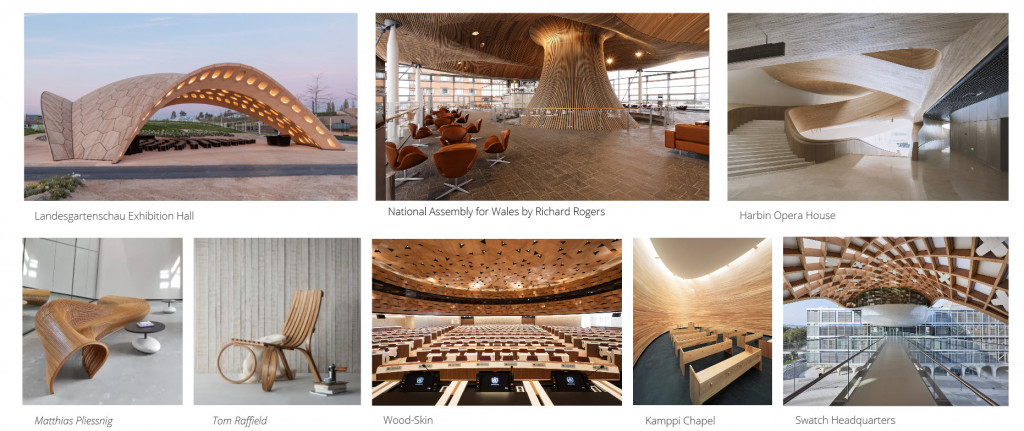
Fabrication AI
These are some of the projects that to date have carried out major technical innovations at different scales and applications in construction systems based on the use of wood as the main resource.

MRAC Studio I Research foundation
Our research is built on top of a project carried out in the first term for Studio I, where the main objective was the development of a façade by using sheet materials, improving the performance of a glass building located in PobleNou, Barcelona. Affordable wood was chosen to demonstrate that it can be implemented to make complex projects with the use of a robotic arm through the technological and practical integration of steam bending wood.
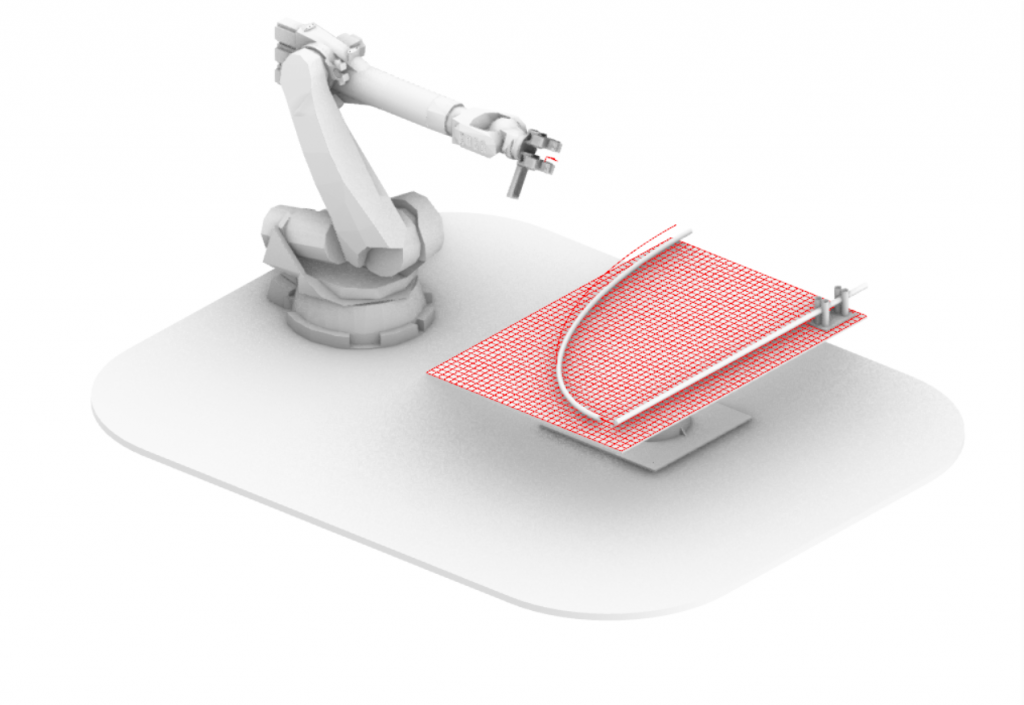
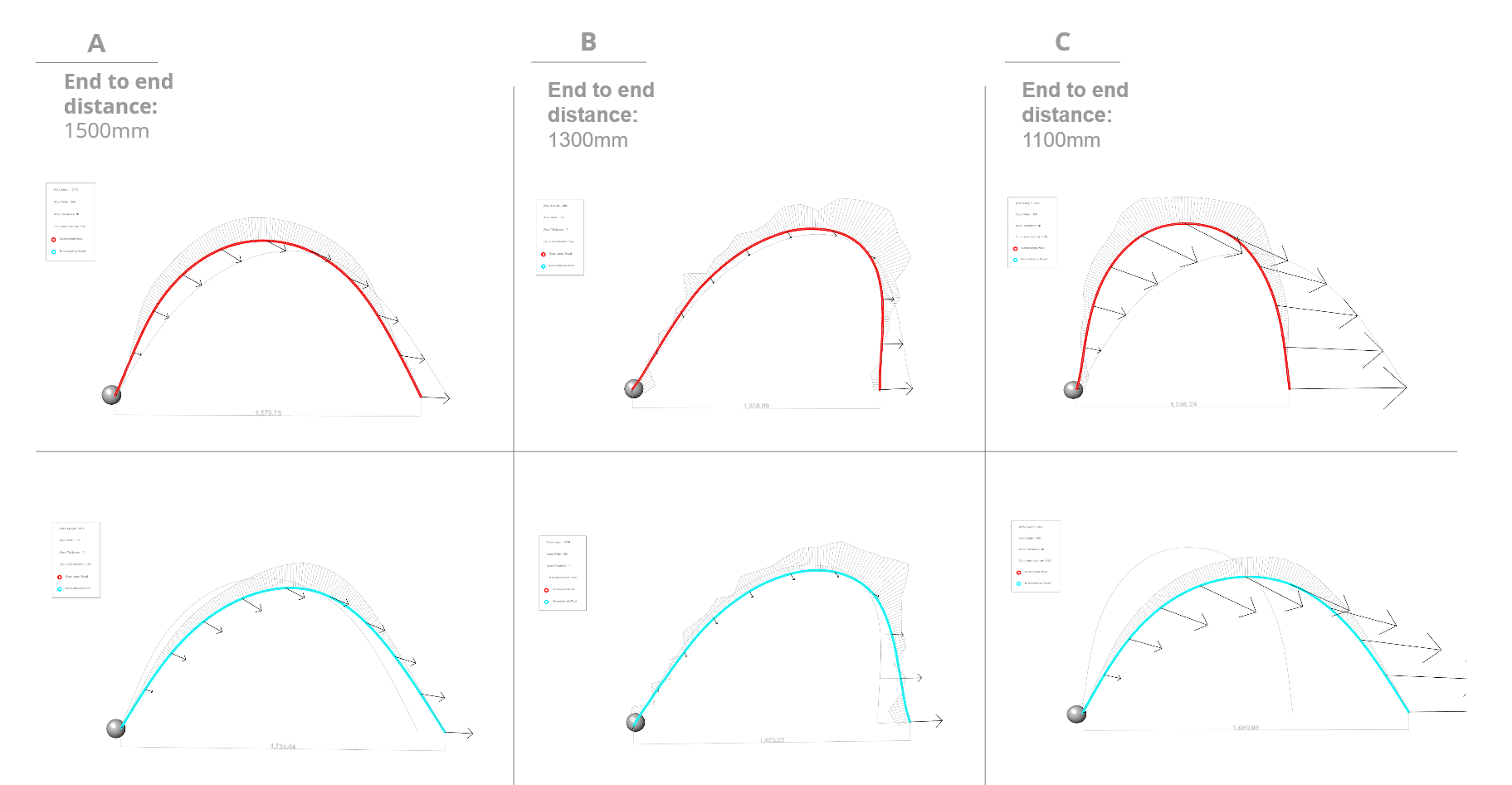

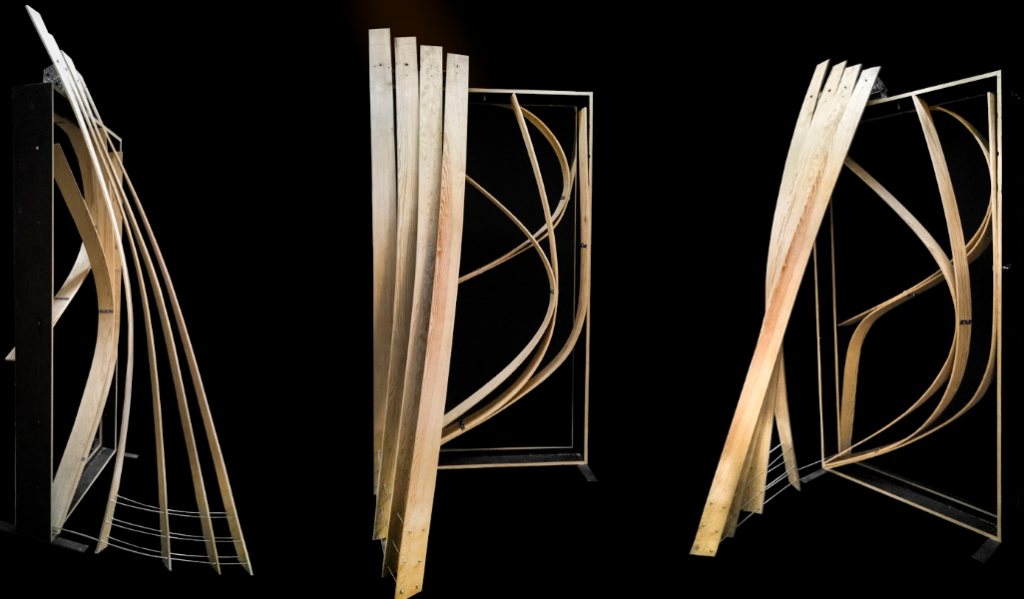
Concept & New Workflow
Our project focuses on the application of new digital tools, developed in recent years, opening new opportunities for application in the construction sector. Integrating design and manufacturing, we focus on increasing the efficiency in wood construction, to make times and prices more competitive, leading to a more responsible construction sector in terms of sustainability.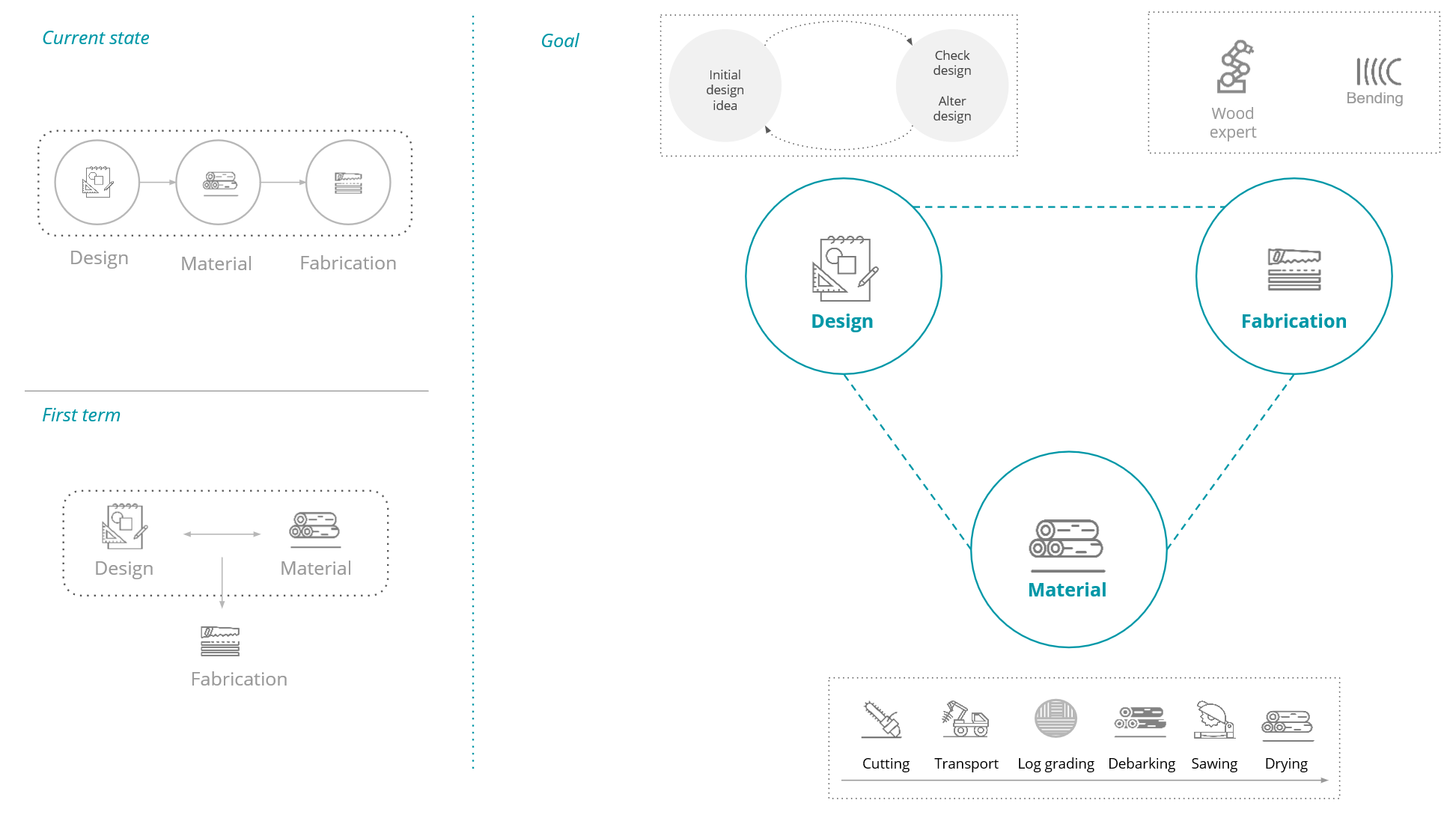
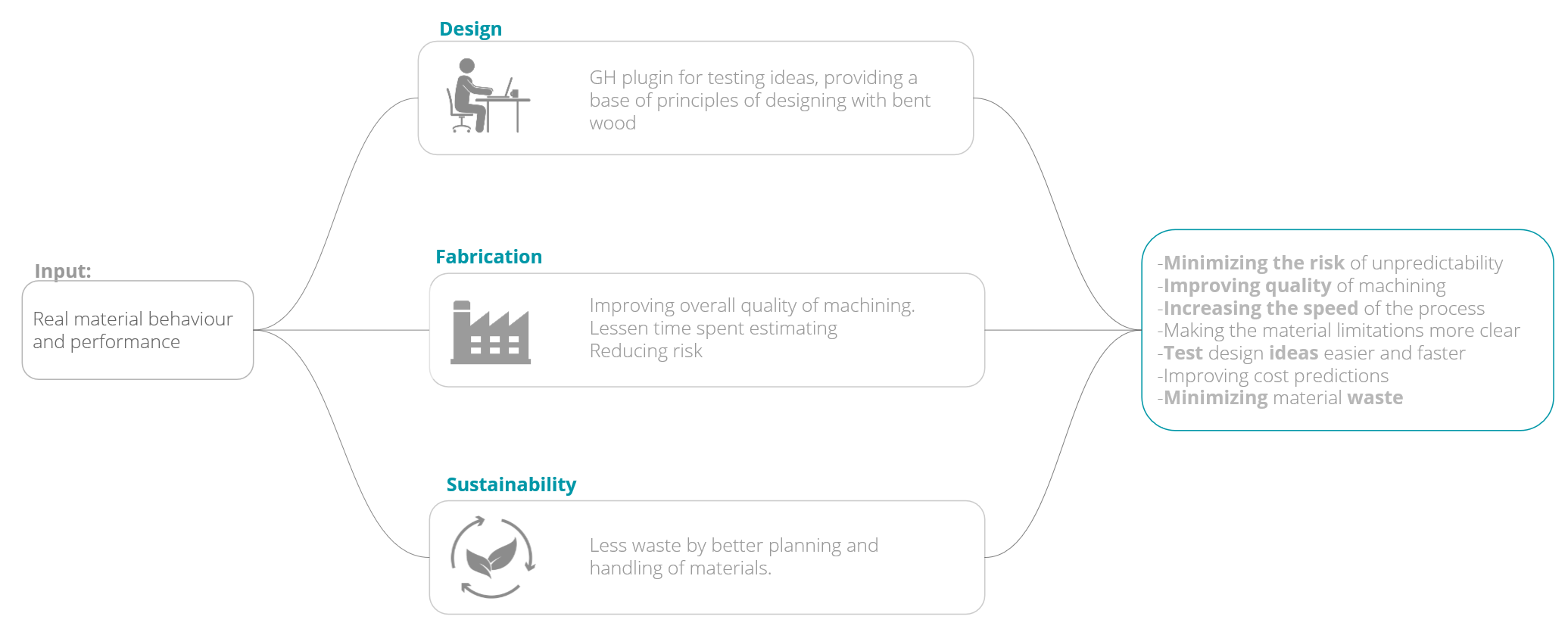
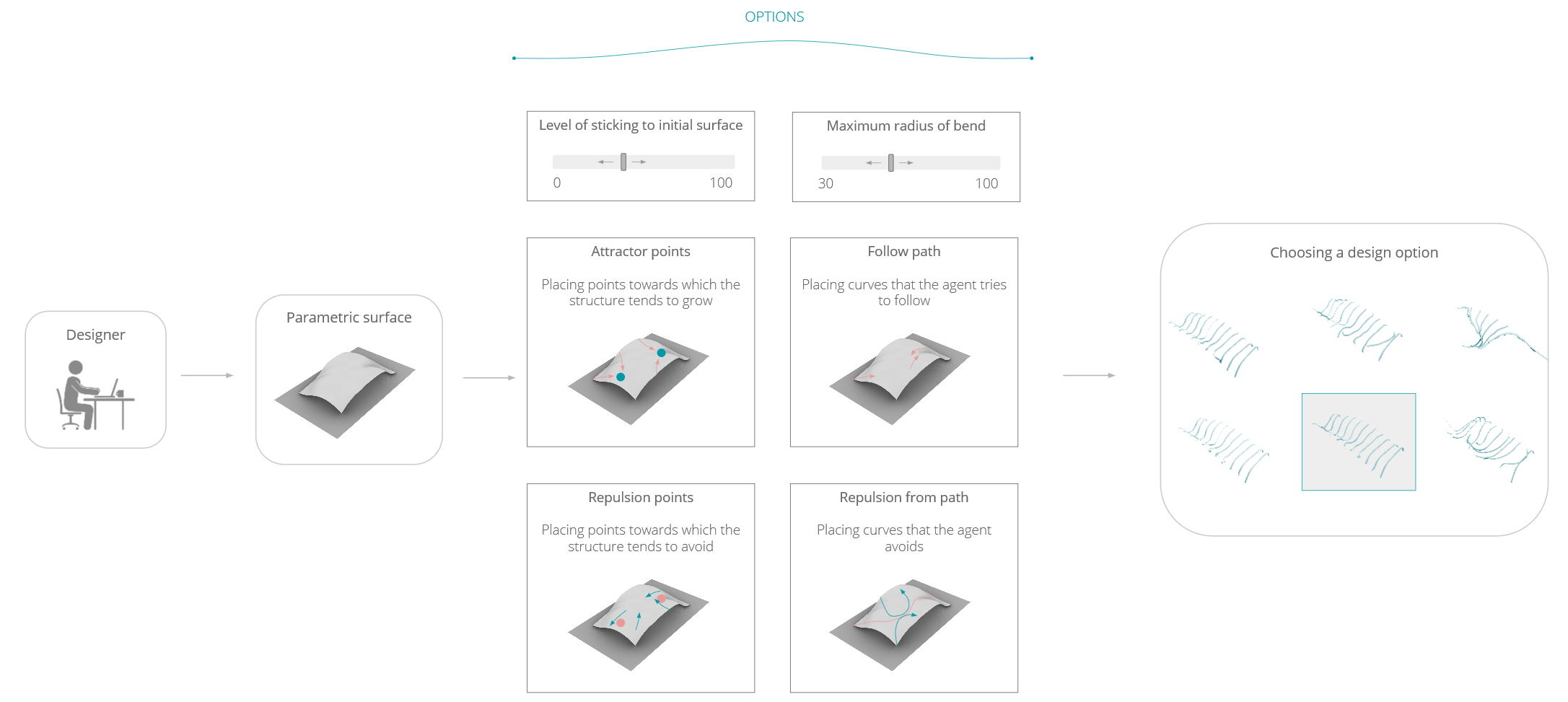
Algorithm design
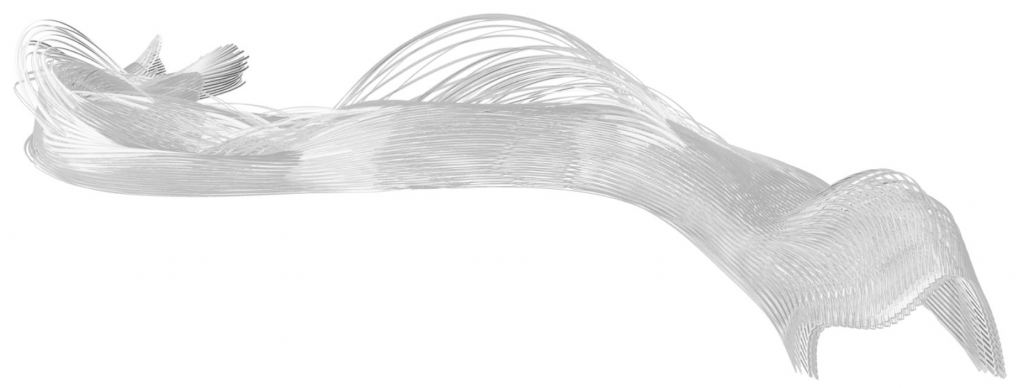
Sequence diagram
When properties of wood are known 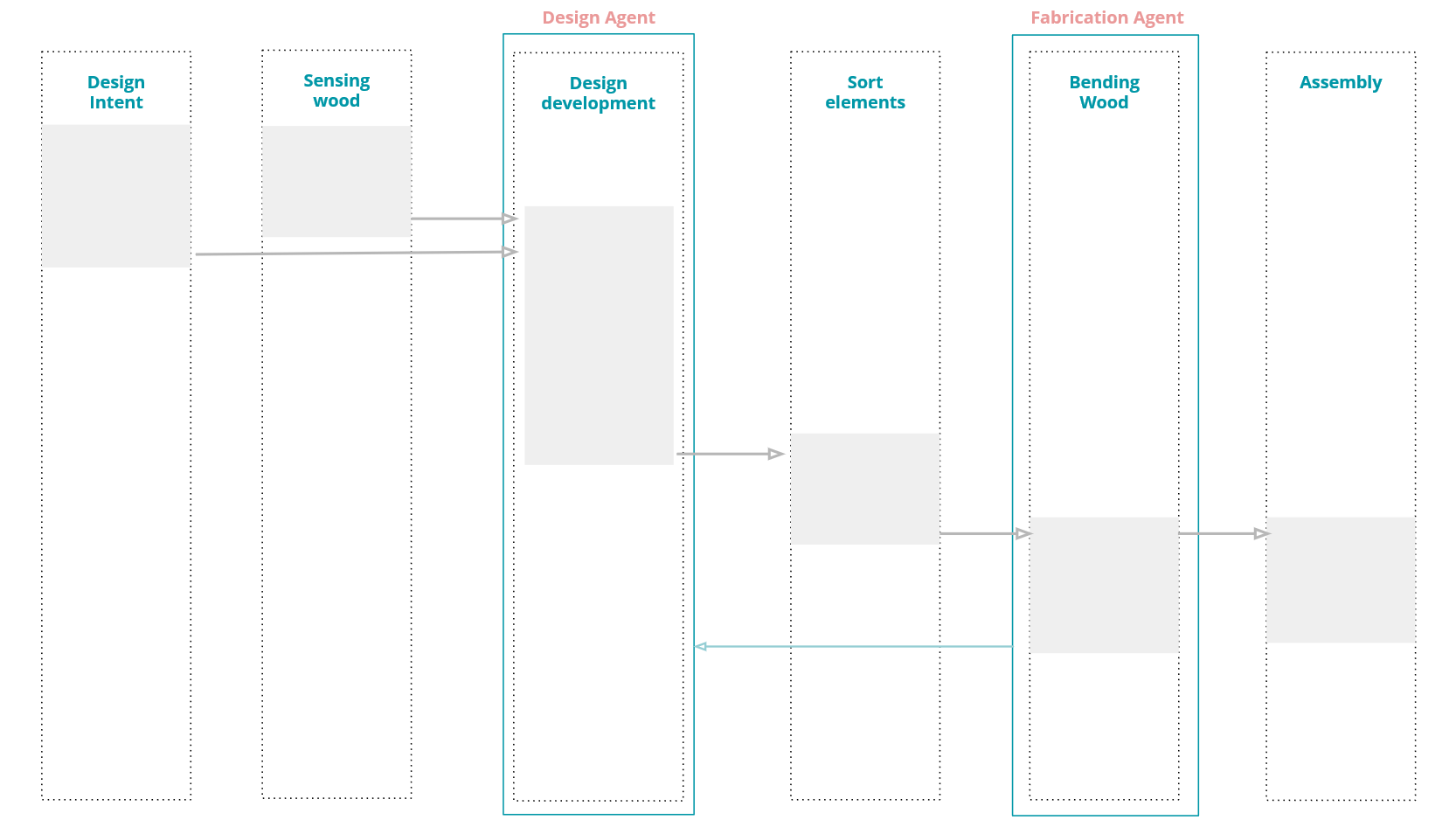
Agent based system
An agent-based model (ABM) is a class of computational models for simulating the actions and interactions of autonomous agents (both individual or collective entities such as organizations or groups) with a view to assessing their effects on the system as a whole.
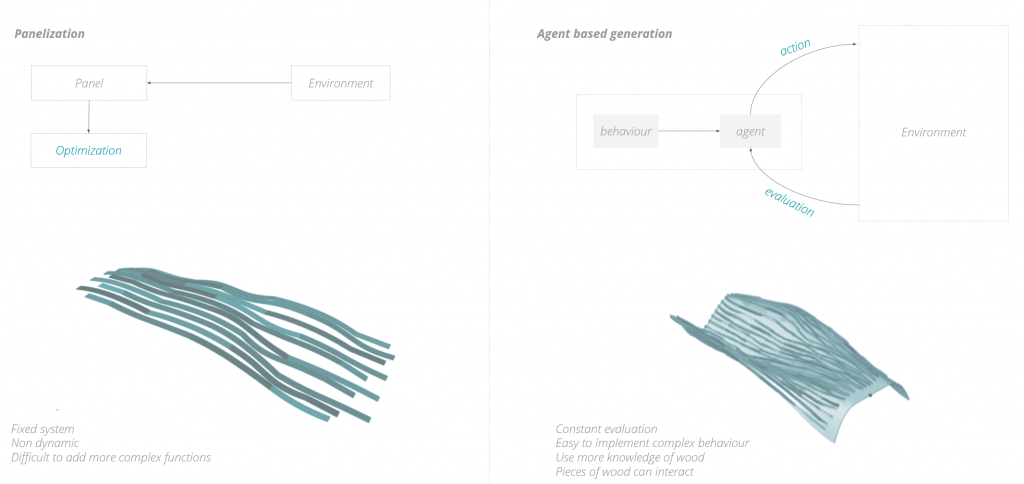
Design Agent Steering limitations
To design the algorithm the first thing we take into account are the geometric properties of the individual pieces of wood. Depending on the shape of the profile, we can make a prediction of the turning radius that can be achieved. 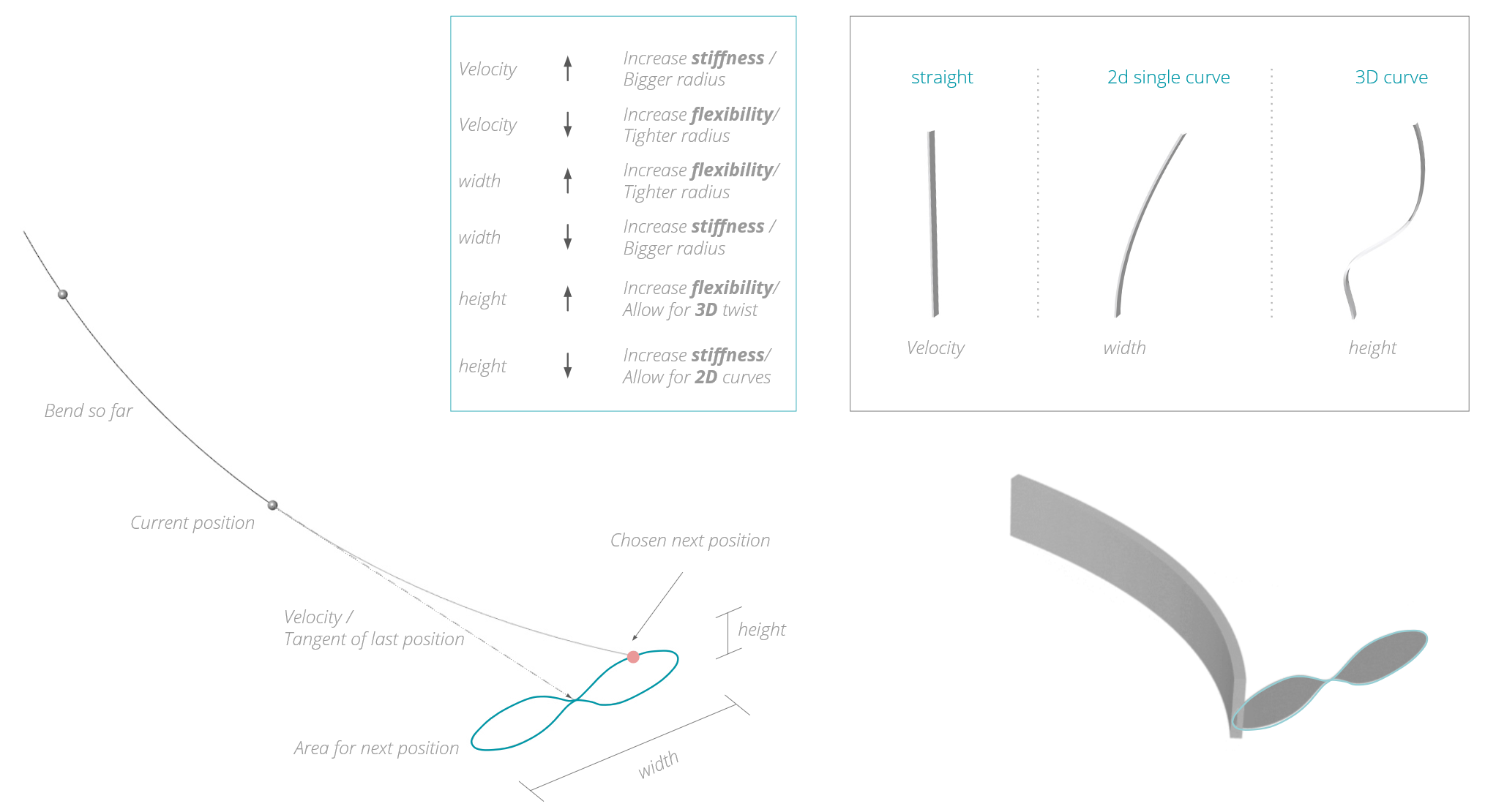
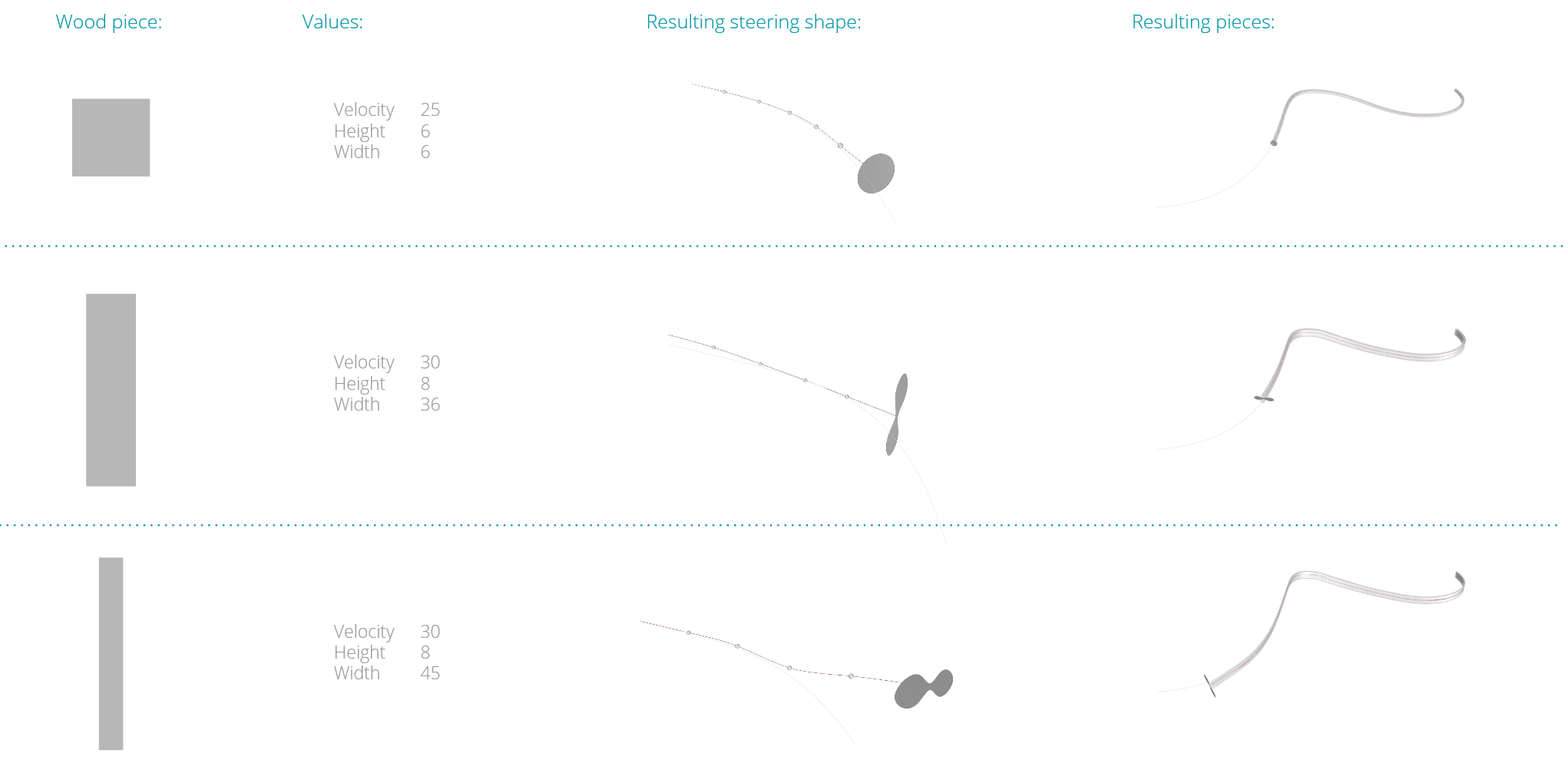
Wood properties 
Behaviors
To create and control complex designs. We implemented different behaviors. Which results in different forces on the agent. These seemingly simple rules can generate complex patterns due to the individual agents acting in their environment 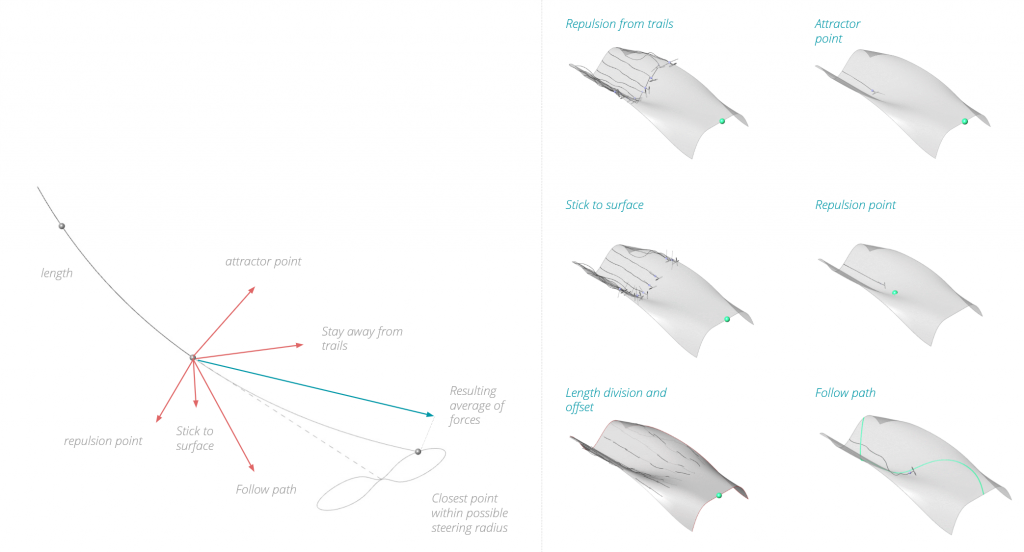
Additional options
To design the algorithm the first thing we take into account are the geometric properties of the individual pieces of wood. Depending on the shape of the profile, we can make a prediction of the turning radius that can be achieved.Hiciduci lluptassit omnimpos ea quae et id modis aciet aboris si rerit modit quid magnatus et reptassunti tem et vere dolorat molorestem rem ipit eatem volut vendis et minihil iquamet et ut aut aut explaborepro in pa veraere stecull acerum eturect otaquodit, vid quam 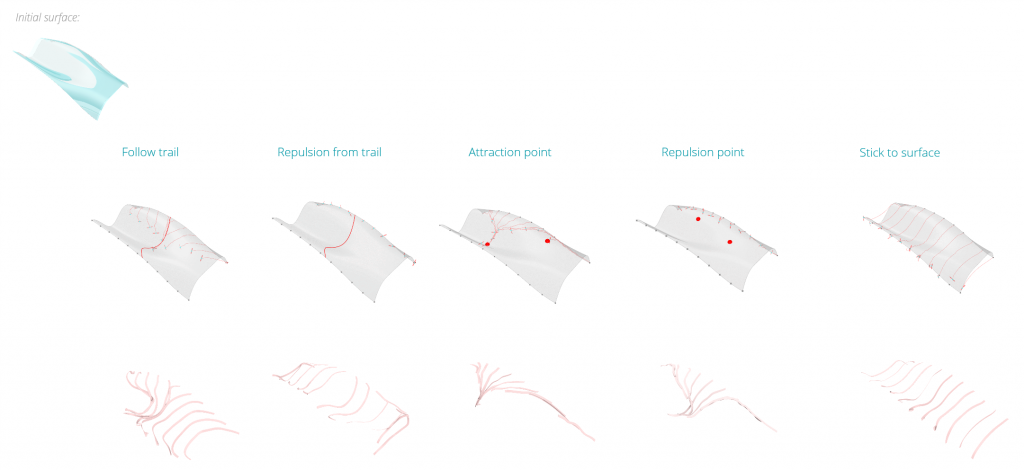
FEM Analysis
Having implemented all the different behaviours we can start to use these behaviours for performances.
For example we can run a FEM analysis on the designed surface to create the dominant stress lines. And use these to attract the agents.
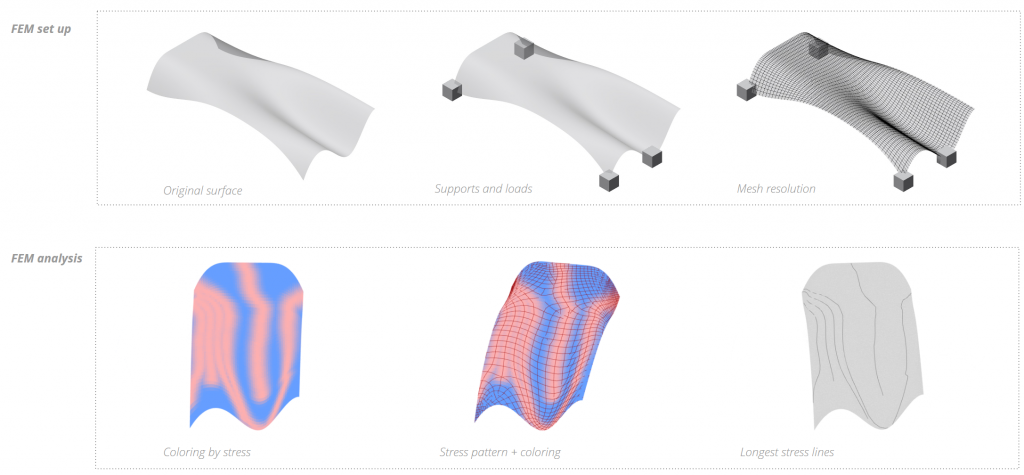
An important behaviour for the design development is how strongly the agent has to follow the initial designed surfaces. Lowering the intensity of this force results in designs that can differ greatly from the initial design intent but increase in buildability 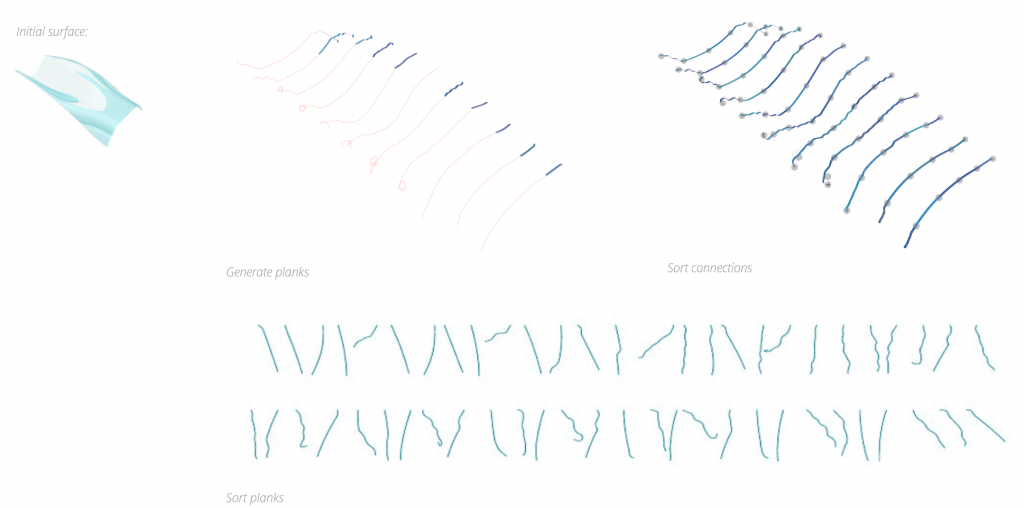
Joinery and attachment 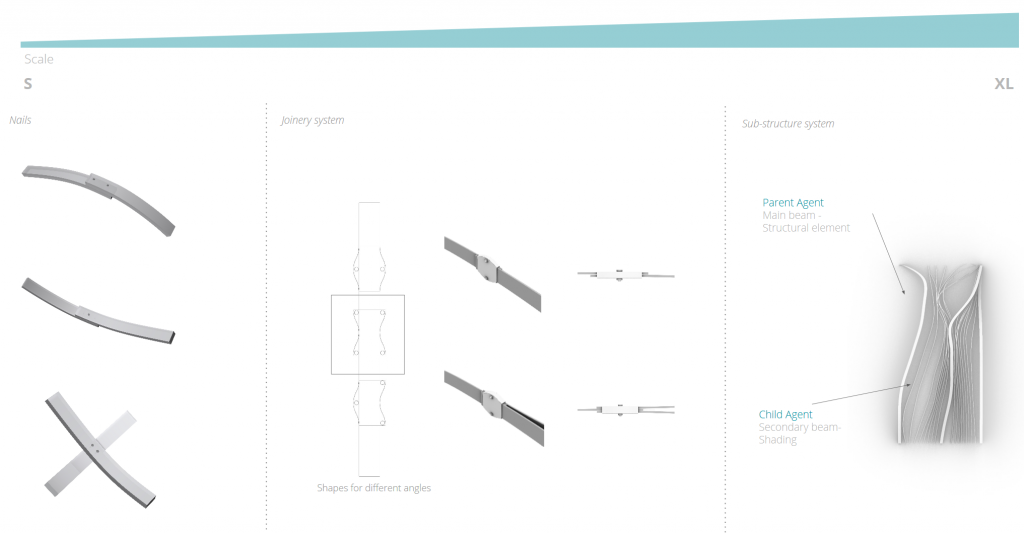
Fabrication
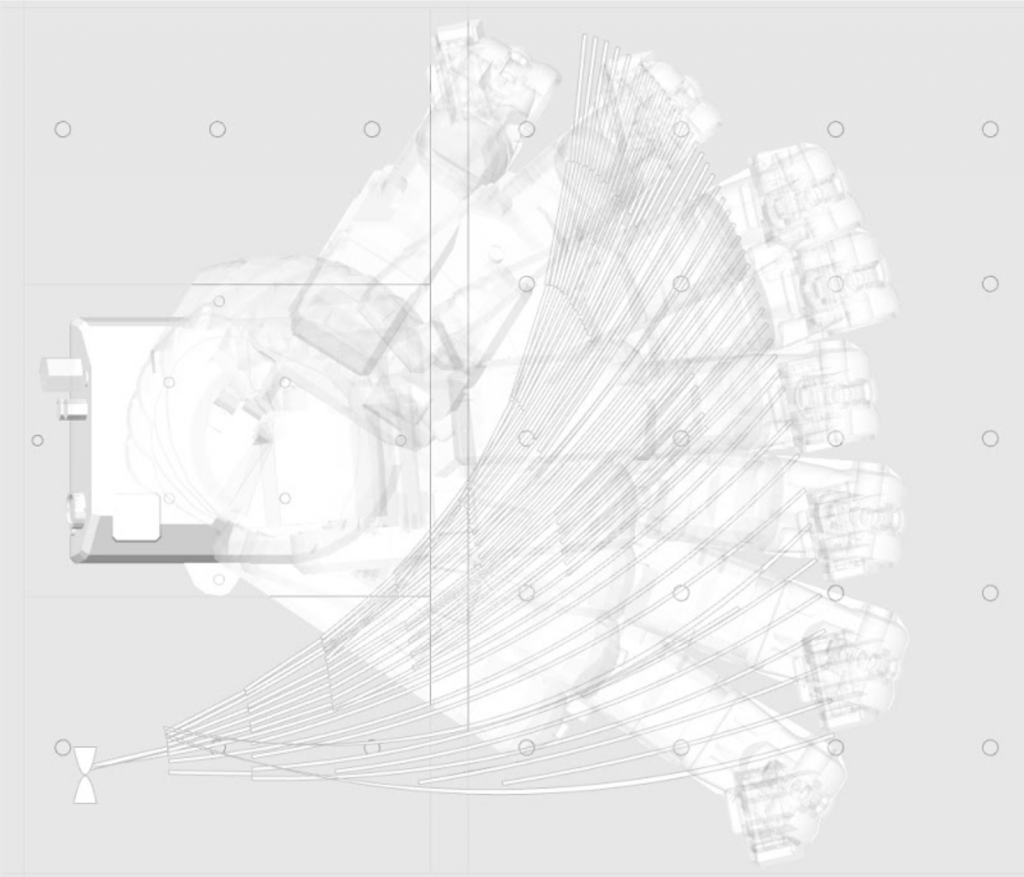
Toolpath Genenration MRAC Studio I
In the first term we were studying one particular type of toolpath. Building on what we learned there we decided to investigate the possibility of training an AI to generate toolpaths for more complex bends. 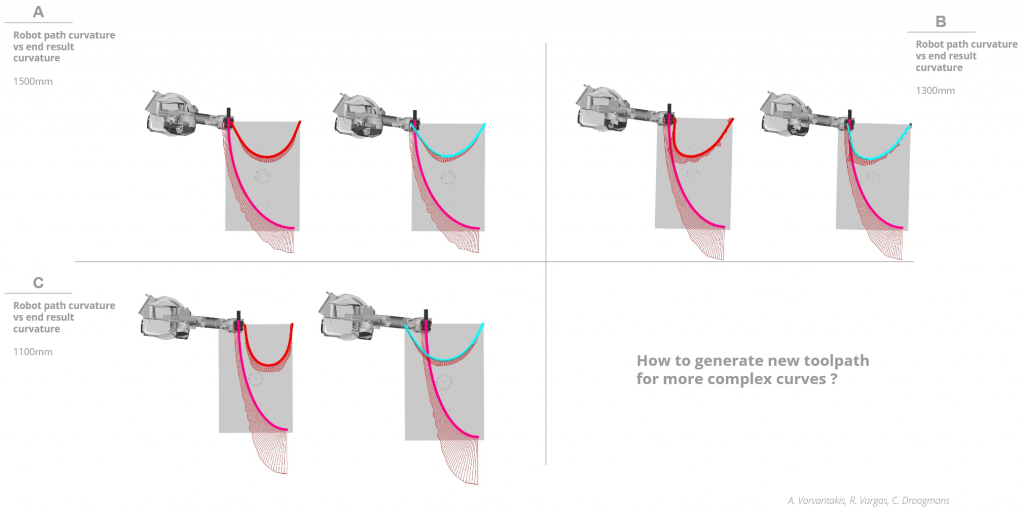
Wood bending Simulation Kangaroo
To train a NN it takes lots of iterations to get to a stable system. While bending 1000s of pieces of wood seems tempting. We decided to simulate the anisotropic behaviour of wood with Kangaroo and compare the simulated wood with the real wood. Once we had a good overlap we could start training the NN.
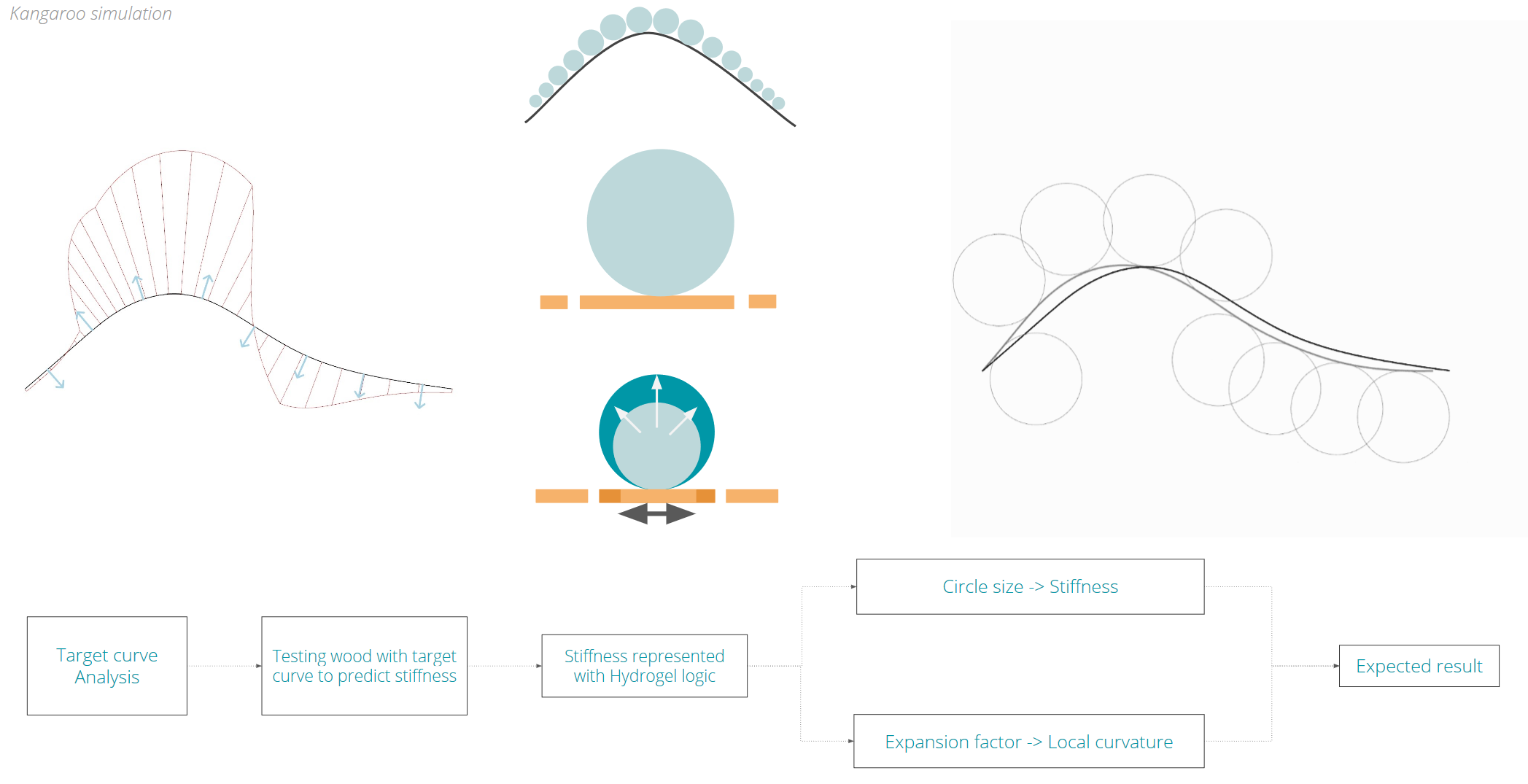
Neural Network State & reward
To generate the toolpaths for each unique curve we decided on using a Neural Network.
To also be able to implement the anisotropic nature of wood we decided to use reinforcement learning to train the ai. 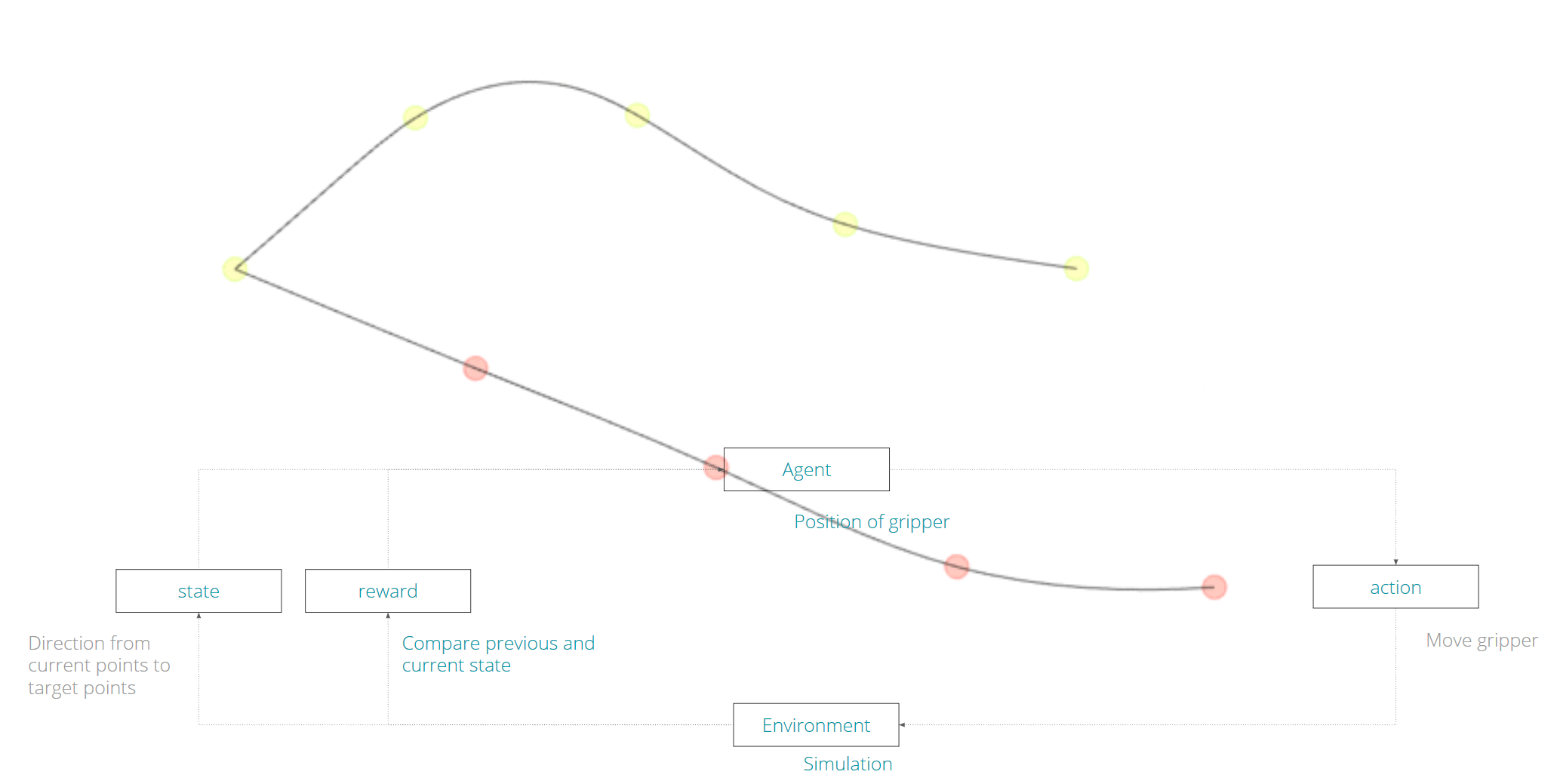
Neural Network Reinforcement Learning
For reinforcement learning we first need to define all the states the system can be in. then the possible actions the agent can take. The actions themselves and the reward system. 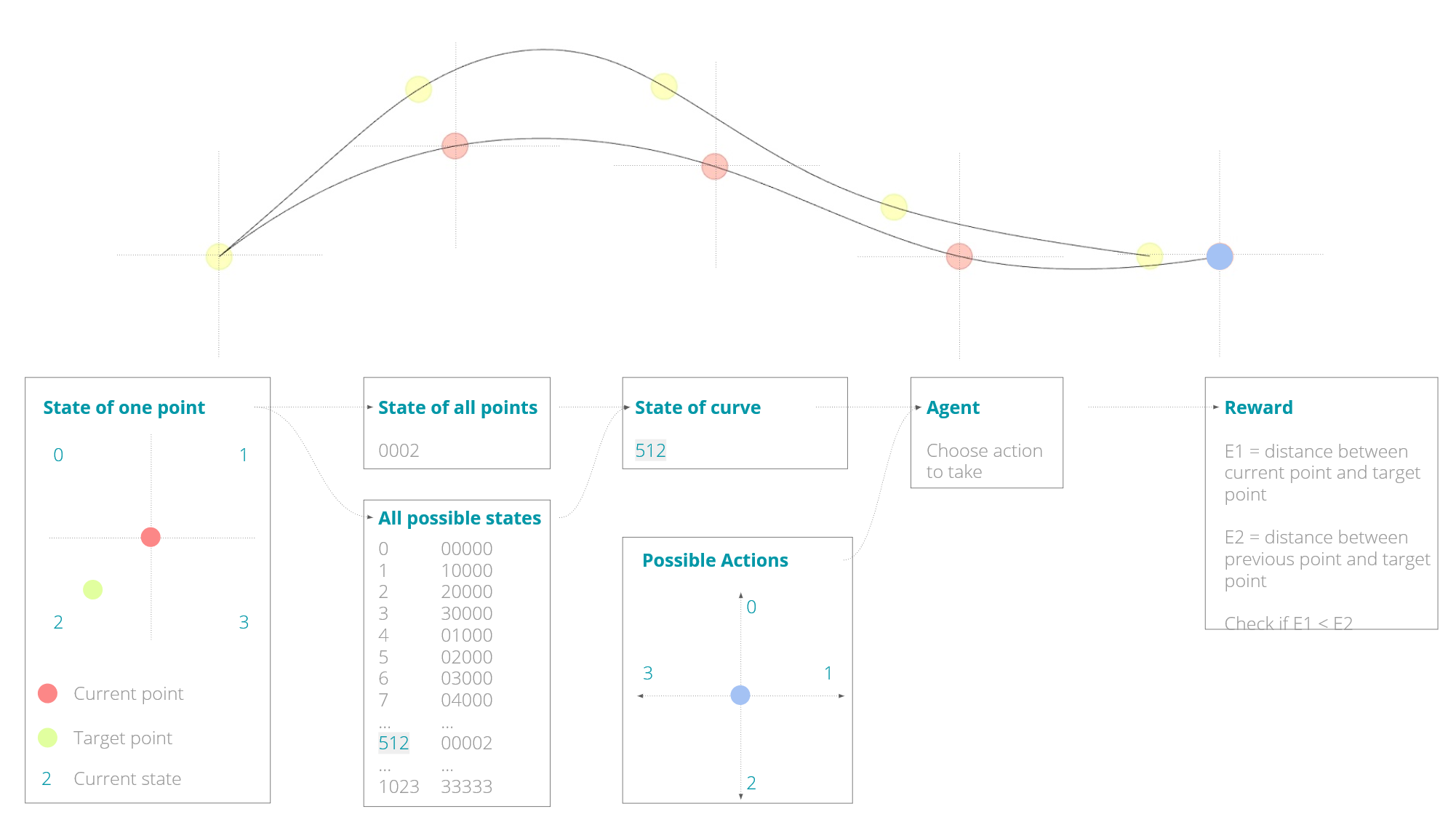
Test Comparision simulation vs. physical 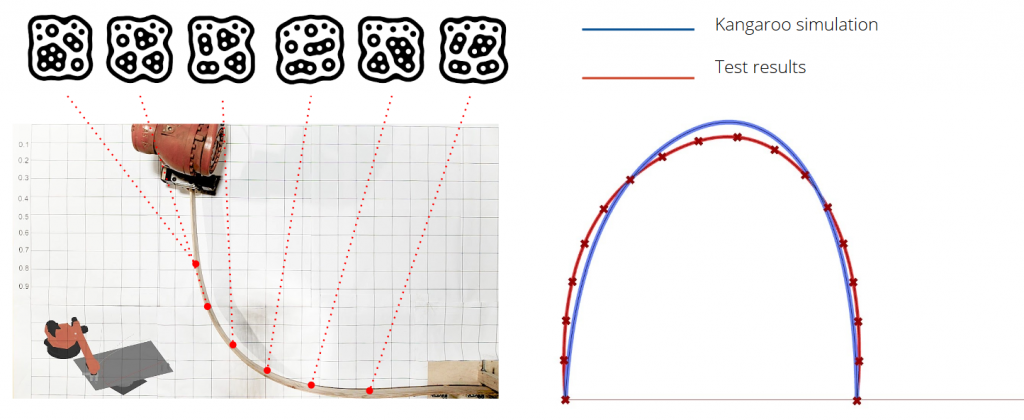
Robotic Simulation Validation of kangaroo bending simulation 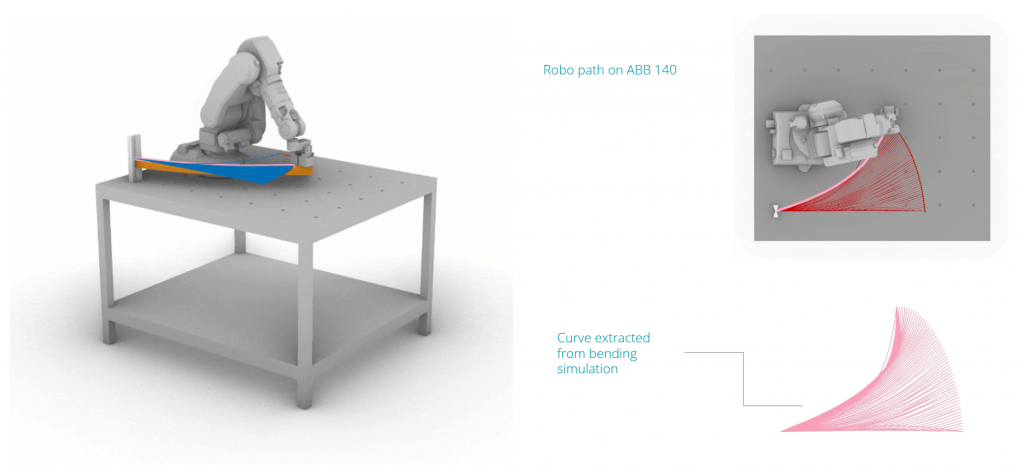
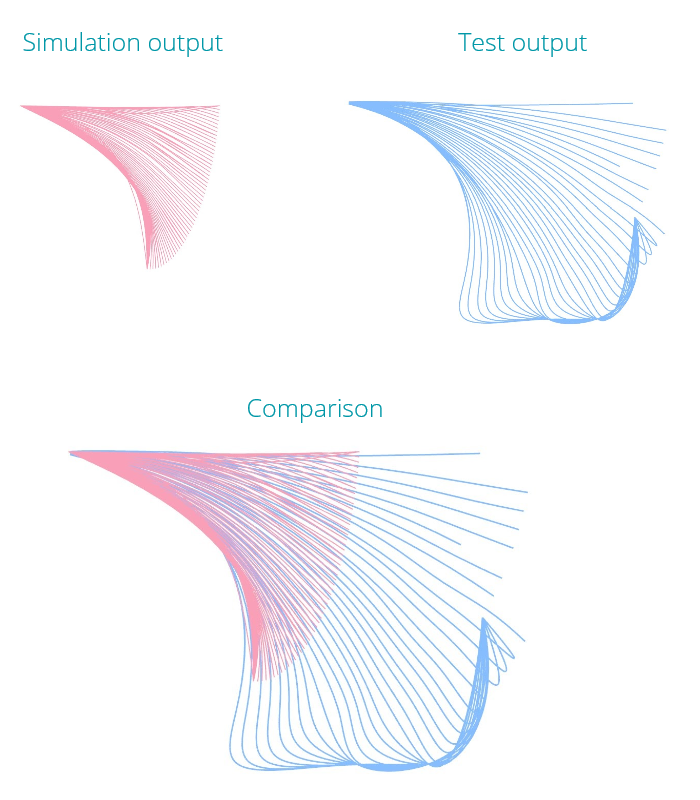
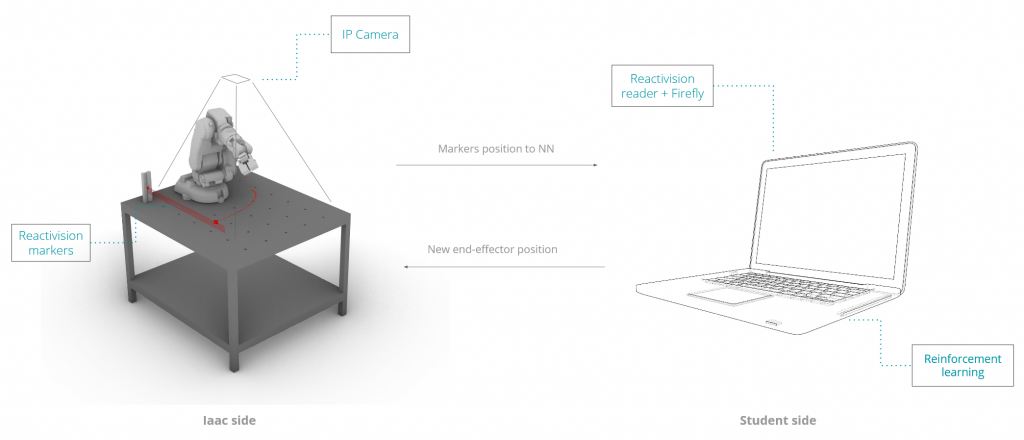
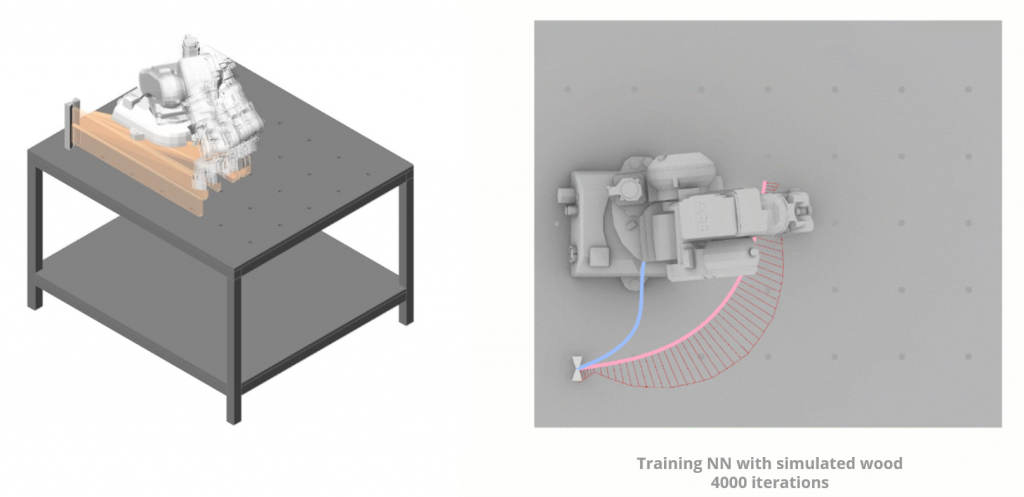
Future Scenario 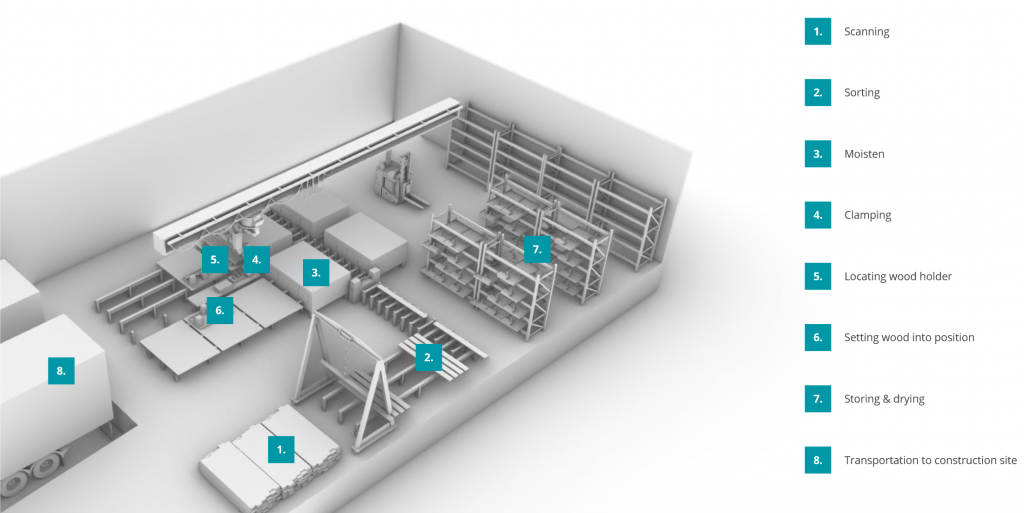
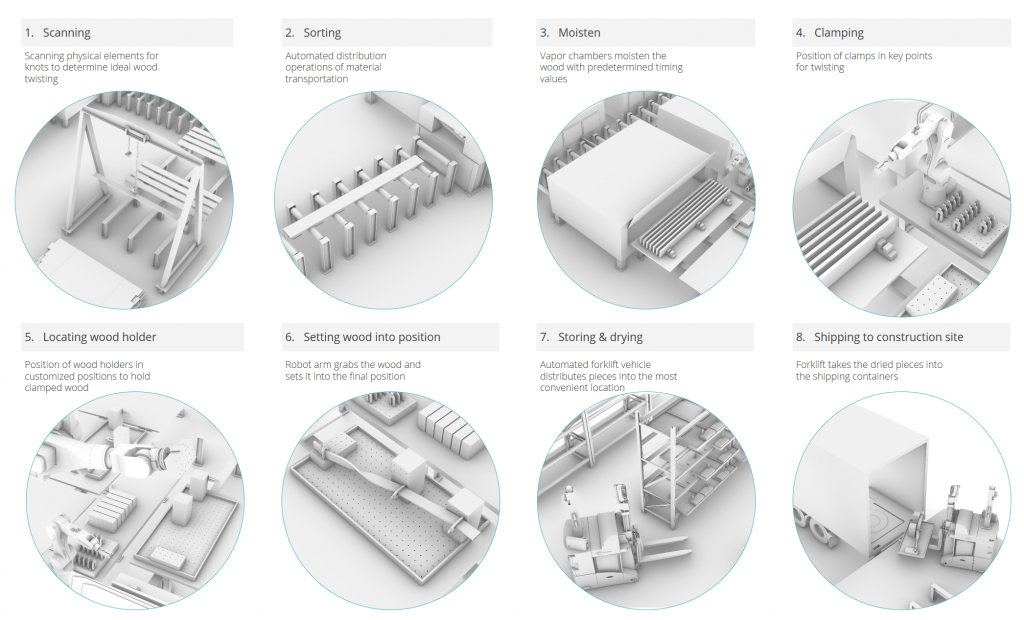
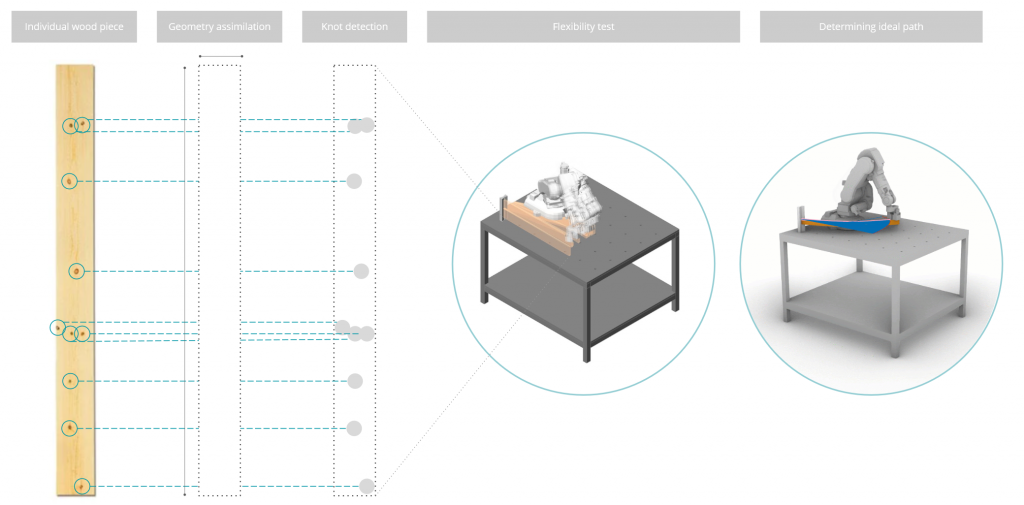
Case study
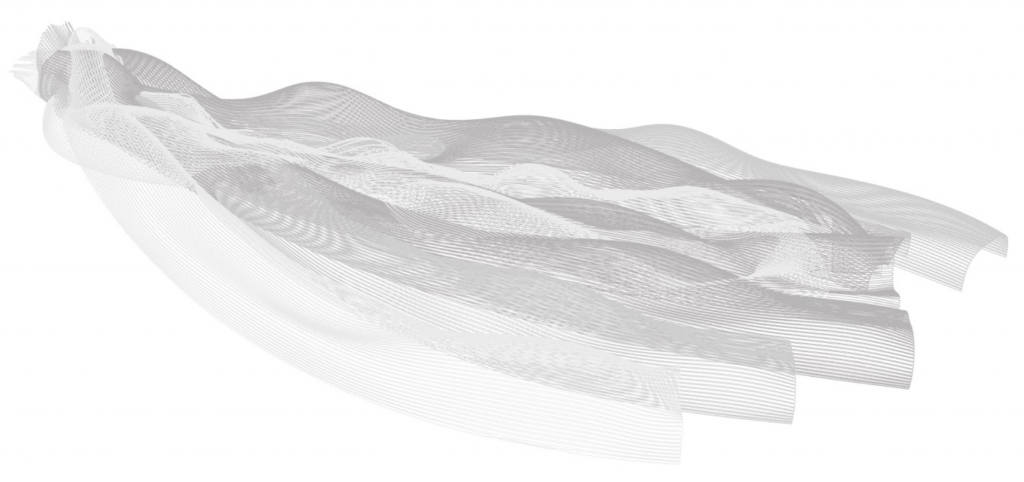
Matthias Pliessnig
Matthias Pliessnig is an acclaimed furniture designer based in Brooklyn, New York.1 Whose work uses steam bent wood. His style is “kinetically contemporary” and he uses “computer-aided curves with laborious craftsmanship” to handcraft chairs and benches.2
1 Rosecrans Baldwin April 23, 2009 Furniture Design The Digital Ramble New York Times blog
2 The Eye; Next Generation Matthias Pliessnig page 36 March 2009 Forbes Life
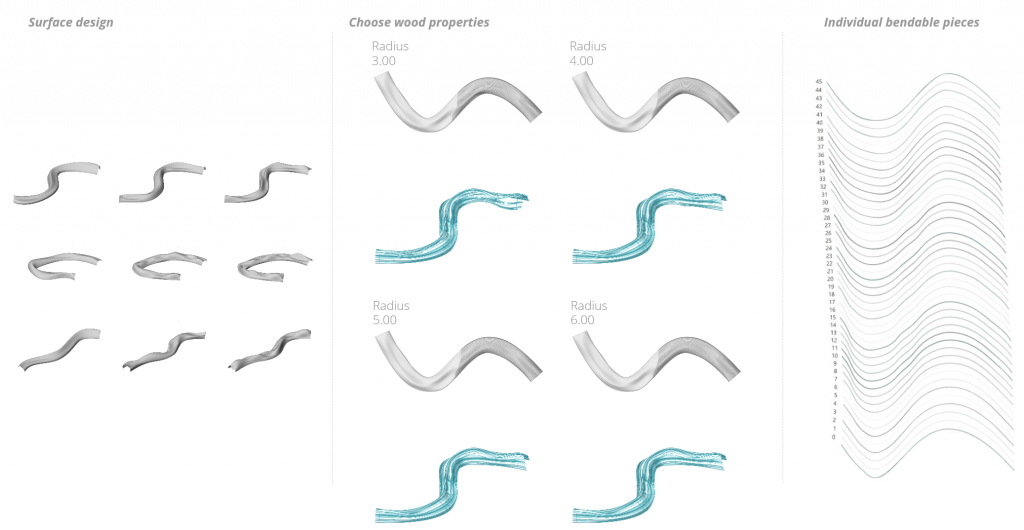
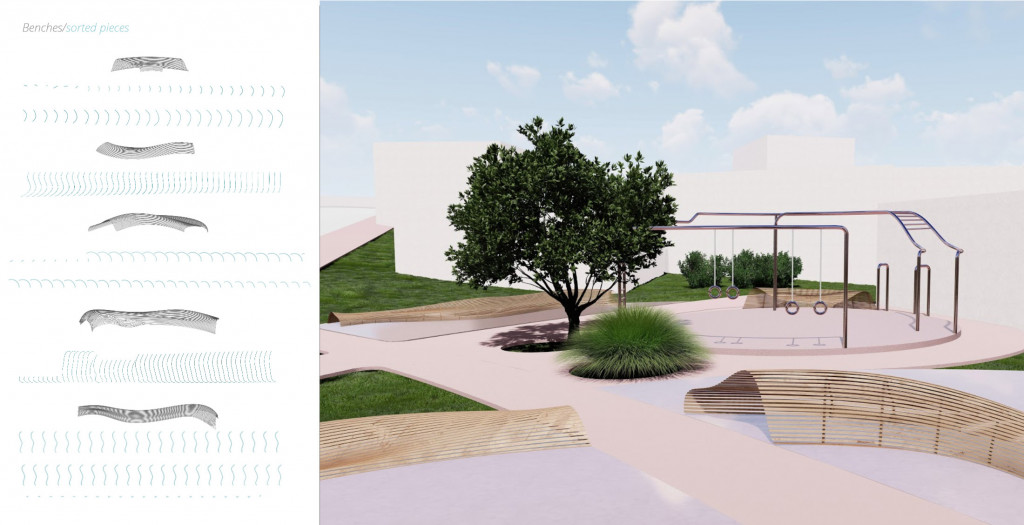

Design exploration

Roof Studies Market hall
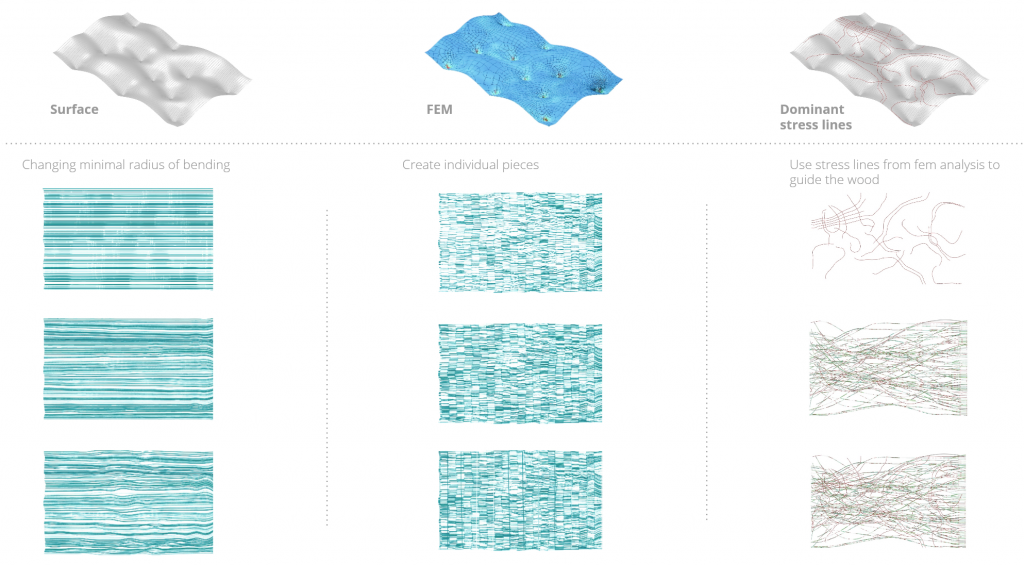
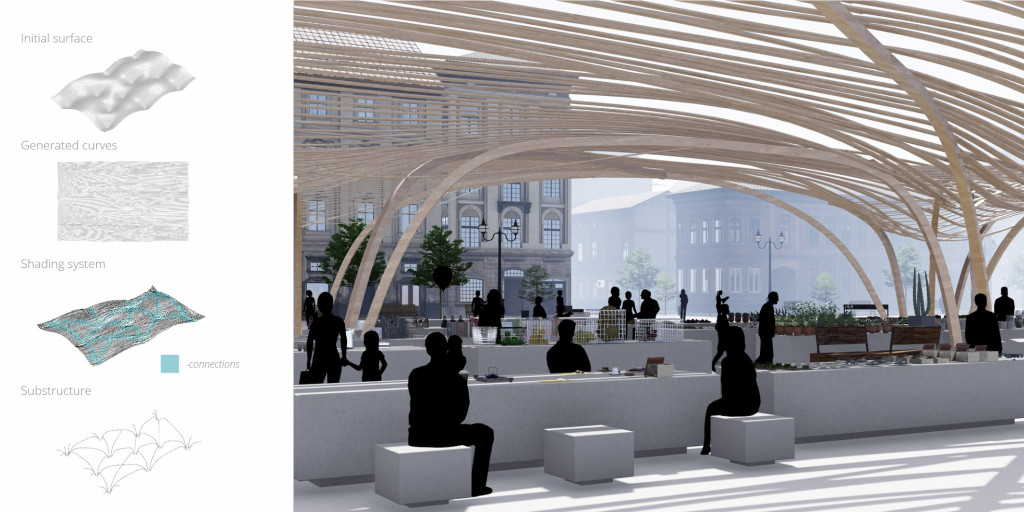
Facade Design 1.Term
A. Varvantakis, R. Vargas, C. Droogmans
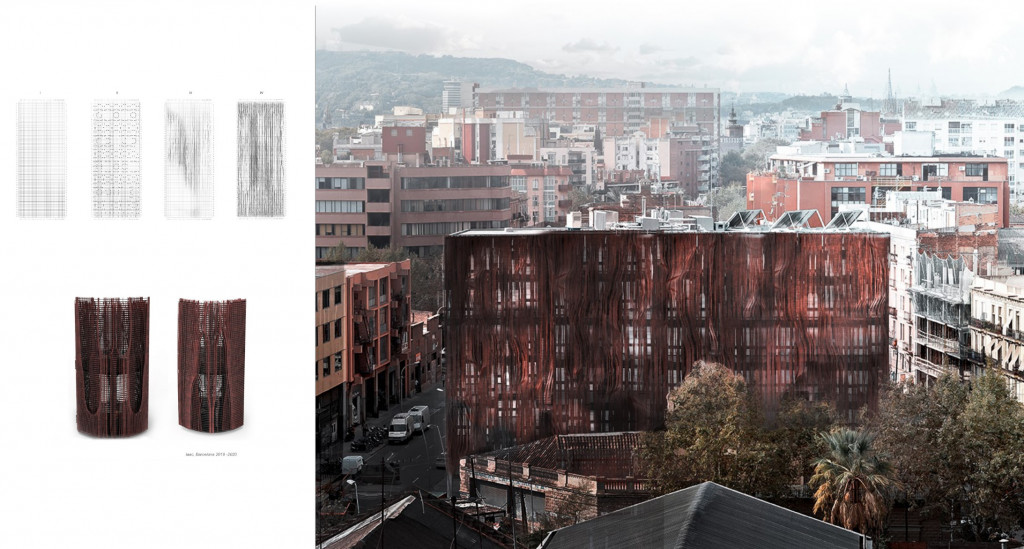
Hiking rest stop
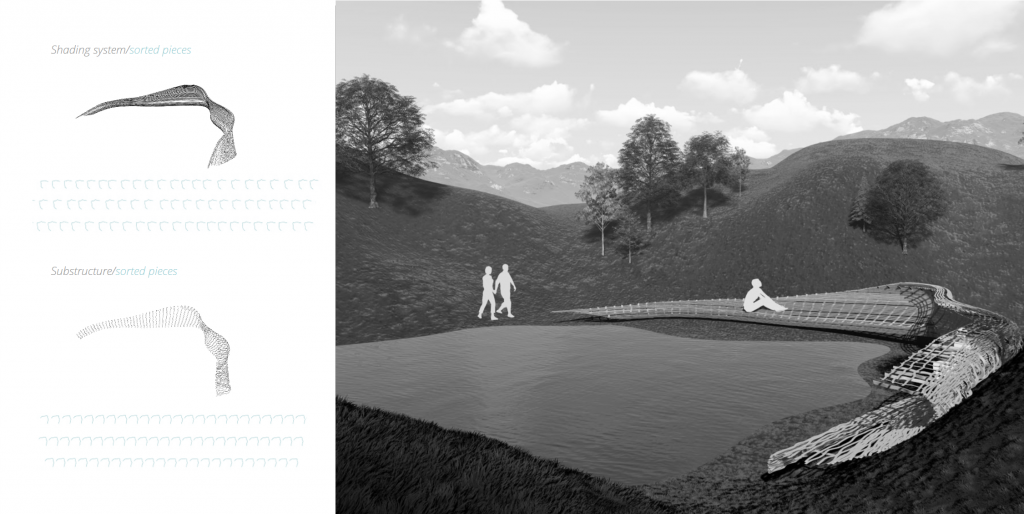
Faculty:
Alexandre Dubor
Aldo Sollazzo
Eugenio Bettucchi
Kunaljit Chadha
Soroush Garivani
Raimund Krenmueller
Students:
Luis Jayme Buerba
Cedric Droogmans
Elena Jaramazovic
Lorenzo Masini